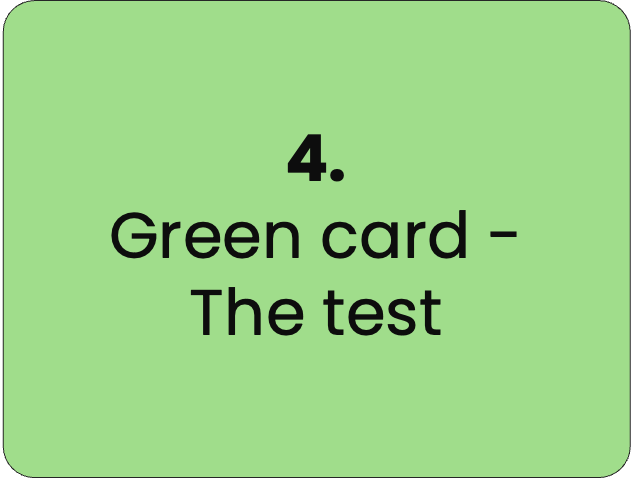Strategy vs execution: Why both must work together
Share this article
You have probably heard the expression ‘strategy is nothing without execution’. That is true. But the reverse is also true: Execution without strategy is just a lot of activity without direction. Most organisations do not struggle with choosing between strategy and execution, but with making them work together.
What is the difference between strategy and execution?
Strategy is the choice of direction. It answers the questions: Where are we going? Why there? What goals are most important to us? Strategy typically spans several years and provides the organization with a shared compass.
Execution is the transformation of strategy into action. It answers: How do we get there? What do we do concretely? Who does what? Execution involves the daily and monthly activities that actually drive the organization forward toward its goals.
Think of it this way: Strategy is the map showing where you want to be in three years. Execution is the actual journey, every step you take to get there.
A good strategy without execution is just a beautiful idea
Many organizations invest significant resources in developing strategies. Consultants are hired, workshops are held, documents are created. The result can be impressive: clear visions, well-formulated goals, polished presentations.
But what happens next? The strategy gets filed away. Daily operations take over. After a few months, the strategy is forgotten. This usually happens because:
No clear plan exists for how the strategy will be implemented
Responsibility for execution is unclear
Resources are not allocated correctly
Follow-up is completely absent
Strong execution without clear strategy becomes a waste of energy
On the other side of the spectrum are organizations that are fantastic at execution. Project managers are efficient, teams work hard, things get done. But problems arise when:
No one really knows why the work is being done
Teams work in different directions
Resources are spent on activities that don't support long-term goals
The organization is reactive instead of strategic
It's like rowing very hard but without knowing where the boat is headed.
How strategy and execution are connected
Strategy and execution are not two separate activities. They depend on each other and must be integrated to create results.
Strategy gives execution:
Direction: What goals are most important?
Priorities: What should we focus on?
Meaning: Why are we doing this?
Execution gives strategy:
Reality: Does the strategy work in practice?
Learning: What do we discover along the way?
Adjustments: How does the strategy need to be modified?
This means that strategy is not something we decide once and then forget. Strategy lives and evolves through execution.
Three common mistakes that split strategy and execution
Mistake 1: Strategy is left to management, execution to "everyone else"
When strategy is perceived as something managers talk about in meetings, while employees "just" execute, a gap is created. Strategy must be visible and understandable to everyone who will execute it.
Mistake 2: Too large a gap between goals and activities
A strategic goal like "increase sales by 30%" is directly connected to activities like "call more customers". But what is required in between? What prerequisites must be in place? Without clear prerequisites (structure, capability, energy), the step becomes too large.
Mistake 3: No continuous follow-up
If strategy is reviewed once a year and execution is followed up sporadically, there is no opportunity to correct course. Strategy and execution need regular contact with each other.
How to make strategy and execution work together
Create clear connections. Every strategic goal needs:
Concrete prerequisites to be strengthened
Activities that build these prerequisites
Responsible persons for each part
Visibility throughout the organization
Establish an execution cycle
Instead of strategy being an annual process and execution being ad hoc activities, create a recurring rhythm where both are integrated. Examples:
Monthly strategic reviews
Short execution cycles of 4 weeks
Regular learning meetings
Make progress visible
Use tools like dashboards and traffic light systems to make both strategic progress and execution visible to everyone. When everyone sees the same situation, natural conversations about both direction and action are created.
Adjust when reality demands it
Have the courage to adjust strategy when execution shows that something isn't working. A strategy that never changes is probably not adapted to reality.
Integration is the key
Strategy without execution is meaningless. Execution without strategy is wasteful. It is only when the two work together that the organization can reach its goals.
The important insight is that strategy and execution are not sequential, first strategy, then execution. They are parallel and integrated processes that continuously affect each other.
Share this article
Did you like this article? Here is more...
Latest



